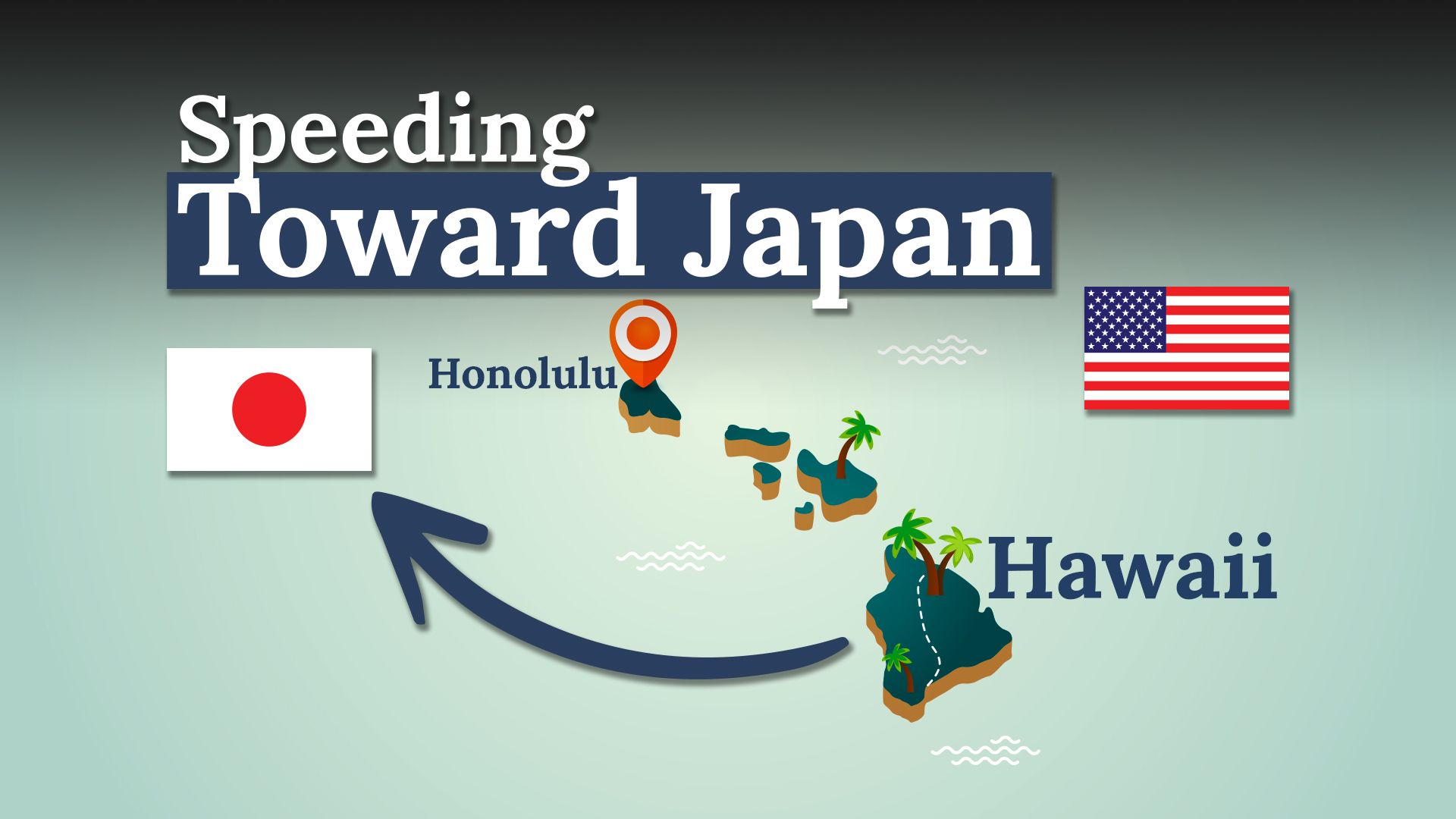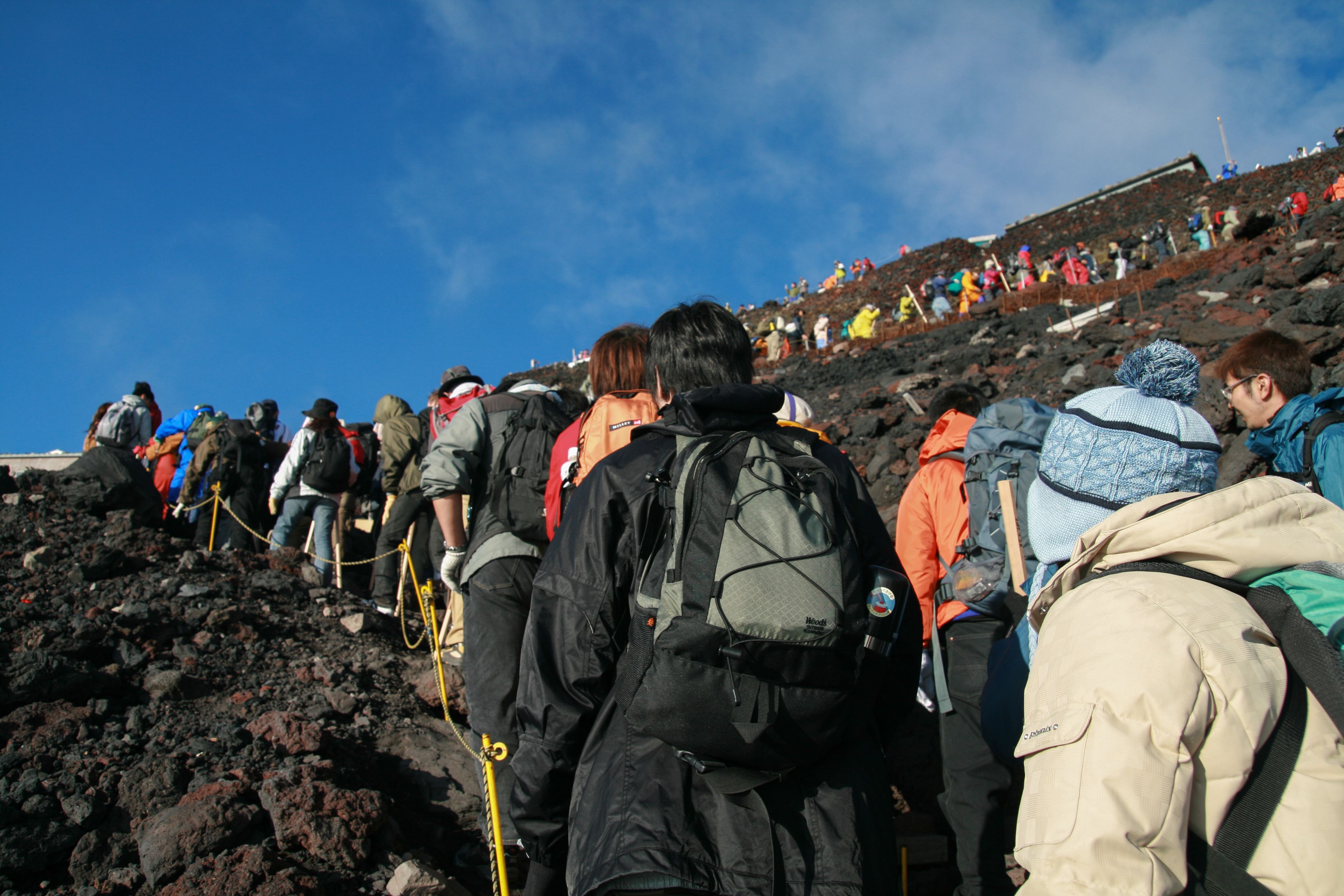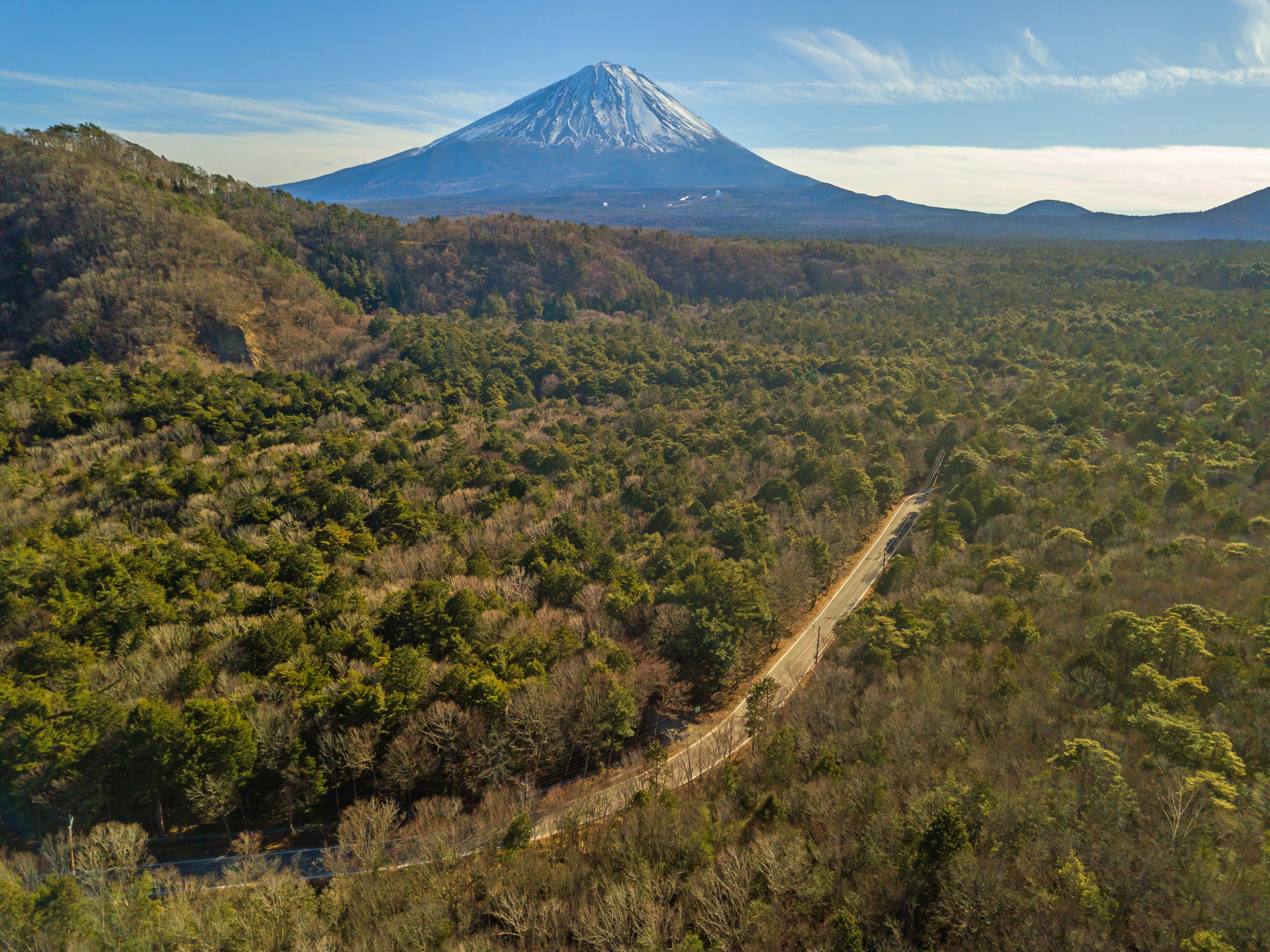While many of us love to roam forest paths and connect with nature, not all woodland areas are designed with wellness and positivity in mind. Some places are calming influences for forest bathing or hiking; however, history and horror stories have detailed that this is not always the case. There are certain forests across the world with reputations for danger and tragedy.
One such forest is located in Japan, with such deep lore and legend that it’s one of the most deadly places on the planet. It’s made headlines with insensitive influencer visits, and the place is so dangerous and unnerving that many locals won’t even enter the forest. It has many names, including the Sea of Trees and the Suicide Forest, but its official name is the Aokigahara Forest.
Trigger warning: This article contains references to suicide.
This forest has become synonymous with fear, suicide, and spooky goings-on. From folklore to geological quirks, there are plenty of reasons why locals and tourists alike steer clear of this region. It’s not just a recent reputation either. It goes back generations, and no one is quite sure of the origins of this dark association. Why is Aokigahara Forest such a distinctly dark place in the Japanese countryside? How did this reputation come about, and why do people avoid this area with such conviction?
Related
The World’s Oldest Tree Lived In An Unexpected U.S. National Park
Some national parks, like Sequoia and Redwood, are known for their ancient trees. But the world’s oldest tree was from neither of those parks.
A Forest Known As The Suicide Forest
Located on the northwestern side of the mighty Mount Fuji in the Yamanashi Prefecture, the Aokigahara Forest is undoubtedly one of the most macabre places to visit in the world. Spanning 13.5 square miles (35 square kilometers) across the lava-strewn landscape, it’s easy to see how the forest got the nickname the Sea of Trees. The greenery and woodland seem to stretch out endlessly in dense thickets.
This is part of what makes the Aokigahara Forest so dark and twisty. The magnetic pull of the landscape around Mount Fuji appears to affect compasses and technology in the forest negatively. While it’s true that the magnetism of the lava messes with compasses when held over the ground, at normal height, they should work normally.
However, the lack of signal, wildlife, and natural sounds makes this a distinctively creepy place. It’s easy to get lost in Aokigahara, and this has been a major contributor to deaths in the forest, whether deliberate or accidental. It’s sadly become associated with suicides so much that the Japanese authorities have stopped disclosing the numbers to reduce the reputation of the forest.
The reasons why this place has a dark reputation depend on who you ask. While some say it’s to do with the high suicide rates, others say it’s the creepy lack of sound and communication, and others have a more mythical view on the subject. What’s clear is that there’s something just a little bit off about Aokigahara Forest.
What’s The History Of Aokigahara Forest?
The history of Aokigahara Forest stretches long before the trees began to grow. That’s because the floor of the forest stands on the lava fields formed by Mount Fuji’s eruptions back in 864 CE. This means that the ground here is not only magnetic but highly unstable. There are dozens of caves under the forest floor, and it can be dangerous to deviate from the path in Aokigahara.
There are also myths and legends associated with Aokigahara. Some believe that a bird demon lives in the forest, luring unsuspecting visitors into the forest and off the paths. Once in, they cannot find their way back out due to the thick crux of trees, lack of sound, and landmarks. While folklore is often found alongside natural places, this dark tale seems to resonate with the darker history of Aokigahara.
Another suspected part of the history of Aokigahara revolves around the idea of Ubasute. This is a practice that is present under a lot of different names around the world, and it’s the brutal act of abandoning elderly or dependent people in the community to the elements to reduce mouths to feed during times of famine or hardship. Sometimes this is forced, and sometimes it’s voluntary. While there is no concrete proof of this happening in Aokigahara, the practice has existed in Japan in the past, and this kind of forest would be an ideal location.

Related
Hawaii Is Moving Closer To Japan At A Surprising Speed Each Year
Discover the science behind Hawaii’s gradual shift towards Japan, why it’s happening, and how fast these changes are taking place.
Why Does Aokigahara Forest Have So Many Suicides?
When many people hear about Aokigahara Forest, they know it as the Suicide Forest. In recent times, this is due to the controversial YouTube video of Logan Paul in the forest, where he showed the body of someone who died by suicide. This tactless video, of course, went viral, and apologies were made. However, this led to more influencers visiting the creepy area and highlighting the dark history.
According to official Japanese Government figures, over 100 people not from around Aokigahara went to the forest to die between 2013 and 2015. There are signs all around the forest urging people to seek medical help and remember that their life is a gift. Many people choose Aokigahara as they think they’ll never be found, or that they want to die in a place where so many others have felt the same way.
The reason it’s so popular isn’t entirely clear. The forest has been featured in books and films, including the 1960 Tower of Wave book by Seicho Matsumoto, where a couple walks into Aokigahara to die by suicide. It has also been featured in horror movies, such as The Forest, where people disappear under mysterious circumstances, adding to the macabre legend of the area.
Getting To Aokigahara Forest
field called “Aokigahara Jyukai” at the foot of Mt. Fuji japan
There are many people who visit Aokigahara Forest each year to enjoy the forest and lava caves, despite its macabre reputation. There’s also a permanent ice cave here that doesn’t melt even in the peak of summer, which is a popular attraction. As such, Aokigahara is relatively easy to access by car and public transportation.
The nearest station is Kawaguchiko Station, which is around a 30-40-minute drive from the forest itself. Kawaguchiko Station is a popular spot for people visiting Mount Fuji and the Five Lakes region, so you can get here by train from Tokyo in around two and a half hours, depending on the connections.
From Kawaguchiko Station, you can get buses to Fuketsu on the edge of the forest. The fast bus takes just 26 minutes, whereas the sightseeing bus takes 45 minutes. From Fukestu, it’s a 20-minute walk to the start of the forest itself. Despite the forest being open 24/7, it’s a good idea to keep an eye on the time, as this forest becomes more dangerous and difficult to navigate after dark.

Related
Mount Fuji’s 2025 Climbing Season Set to Begin With Increased Permit Fee and New Requirements
New pricing, rules, regulations, and restrictions come into play on July 1st and will remain in place through September when the climbing season ends.
With a dark reputation coming from multiple angles, Aokigahara Forest is a place that’s not for the faint of heart. With an association with suicides, getting lost in the lava caves and dense forest, and myths around malevolent bird demons, it’s a place that’s deadly.



